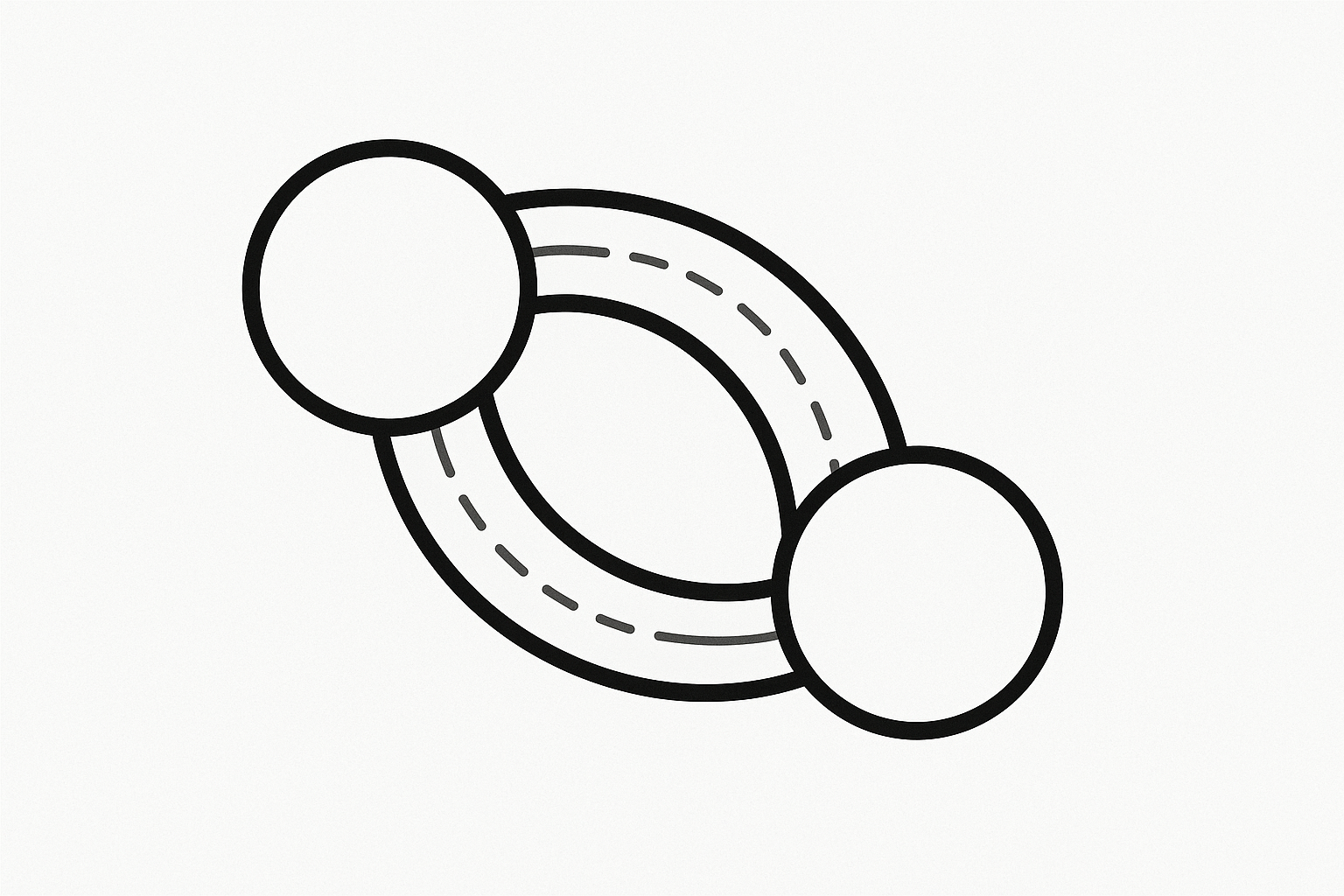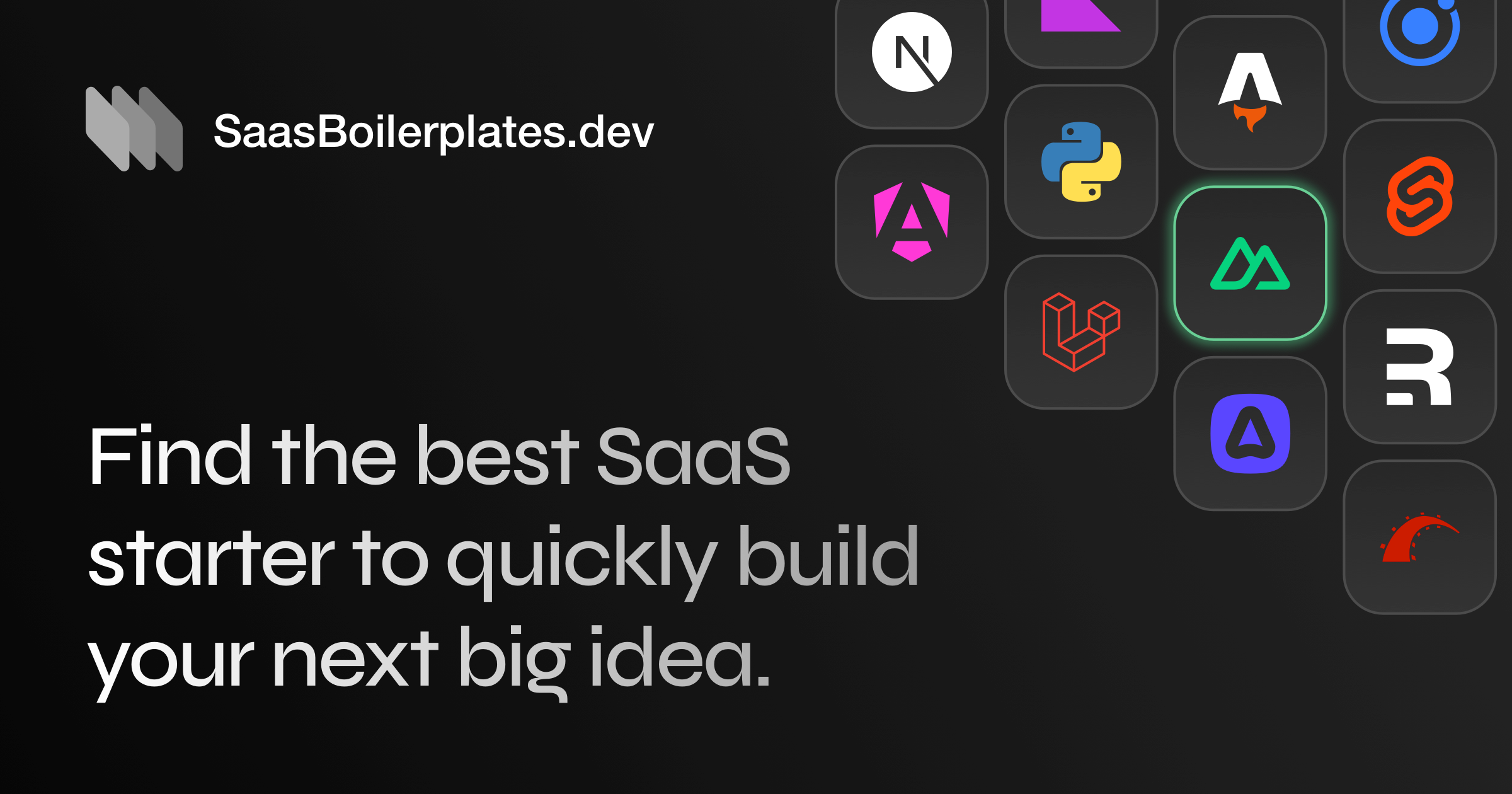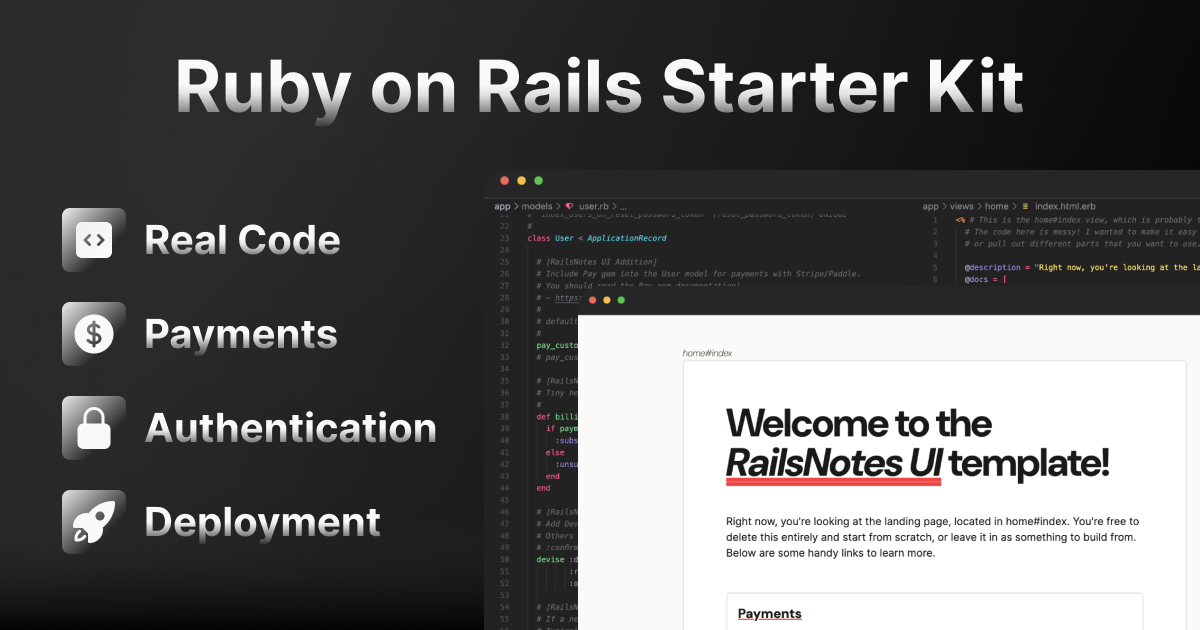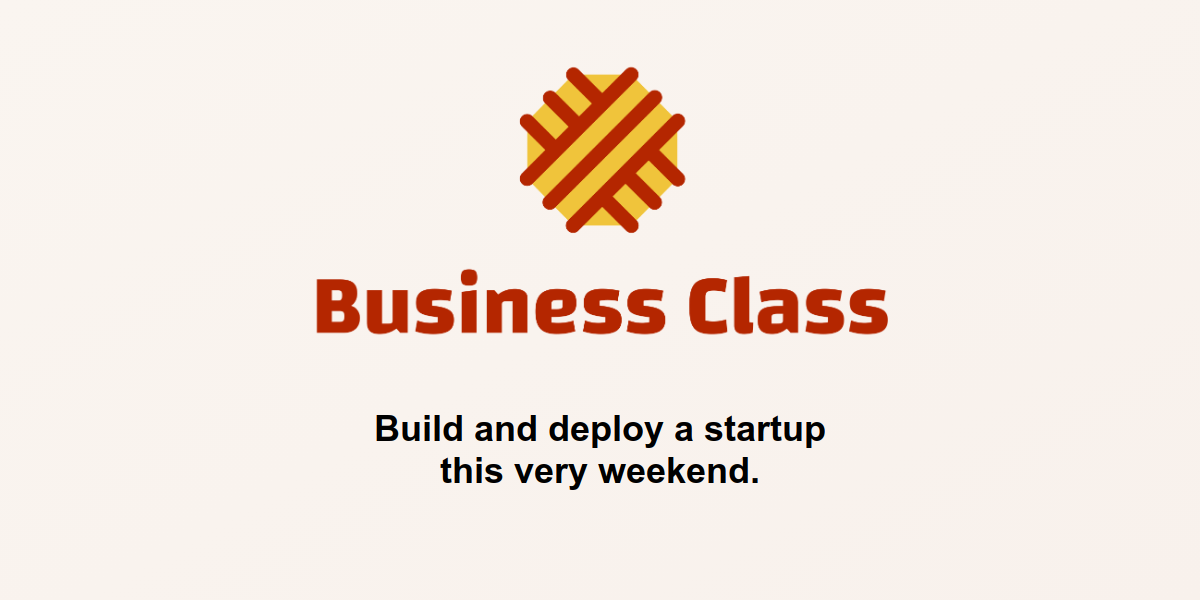How Real-Time Presence Indicators Work in SaaS
And how they enhance collaboration in SaaS platforms through advanced technologies like WebSockets and data synchronization.

Real-time presence indicators make SaaS platforms more interactive by showing user activity like online status, typing notifications, or document collaboration. These features enhance teamwork, speed up communication, and provide a more connected user experience.
Key Points:
- What They Do: Show user activity in real-time (e.g. online/offline, typing, editing).
- How They Work: Use WebSockets for instant updates, heartbeat signals to track connectivity, and data synchronization for accuracy.
- Why They Matter: Improve collaboration, reduce delays, and boost engagement.
- Technology Used: WebSocket, Redis, CRDTs, and tools like Firebase or Socket.IO.
- Business Benefits: Faster workflows, higher retention, and better user satisfaction.
- Security Measures: Encryption, API security, and role-based access control (RBAC).
Real-time presence indicators are not just technical features - they drive productivity and user satisfaction, making them essential for modern SaaS platforms.
System Design: Online Presence Indicator
How Real-Time Presence Indicators Work: Technical Basics
So what makes them tick? These systems rely on a combination of tools and methods to provide instant updates about user activity and status.
WebSocket Technology for Real-Time Communication
At the heart of real-time presence systems lies WebSocket technology, which enables continuous, two-way communication between users and servers. Unlike the traditional HTTP request-response model, WebSockets maintain an open, bidirectional connection. This setup eliminates the need to repeatedly establish new connections, significantly reducing latency. The process starts with an HTTP handshake, which upgrades the connection to a WebSocket. From there, messages can flow back and forth with minimal overhead, delivering the instant responsiveness users expect in modern SaaS platforms [2][3].
”WebSockets are the backbone of modern realtime applications.” - Alex Diaconu [2]
The impact of WebSockets is hard to overstate. By 2025, it’s estimated that 30% of all global data will be consumed through real-time information exchange [4]. This makes WebSocket technology a cornerstone for SaaS platforms.
Examples of WebSocket implementations are everywhere. Google Docs, for instance, uses WebSockets to allow multiple users to edit the same document simultaneously, with changes instantly appearing for everyone involved [3]. Similarly, social media platforms rely on WebSockets to handle real-time notifications, comments, and updates for millions of users, all without overloading their servers [3].
| Feature | WebSockets | Traditional HTTP |
|---|---|---|
| Communication Model | Bidirectional, full-duplex | Request-Response |
| Connection Persistence | Persistent | Stateless (new connection per request) |
| Latency | Lower latency | Higher latency |
| Overhead | Minimal headers | Higher due to repeated headers |
| Usage | Real-time apps (chat, gaming) | Standard web apps, static content |
Heartbeat Signals and Connection Monitoring
Heartbeat signals are another crucial component of real-time presence systems. These periodic messages ensure the system knows whether users are still connected. By sending these signals at regular intervals, the server can confirm active connections. If a heartbeat fails to arrive within a specified time frame, the system assumes the user has disconnected and updates their status accordingly [5].
For example, one implementation involved clients sending heartbeat signals every 30 seconds. If the server didn’t receive a signal within 60 seconds, it marked the user as offline, using Redis to store and track connection timestamps [5].
”A Ping frame may serve either as a keepalive or as a means to verify that the remote endpoint is still responsive.” - RFC 6455 [6]
By implementing these checks, systems avoid the issue of “ghost users” - accounts that appear online even though their connection has dropped. This ensures the real-time presence data remains accurate and reliable.
Data Synchronization Methods
Keeping presence data consistent across devices and users is no small feat. Real-time systems rely on advanced synchronization techniques to balance speed, accuracy, and scalability [7].
Two key methods dominate here: Conflict-Free Replicated Data Types (CRDTs) and Operational Transformation (OT). CRDTs allow decentralized merging of updates without requiring coordination, making them ideal for distributed systems. On the other hand, OT relies on centralized ordering of updates, as seen in tools like Google Docs [7]. For simple presence indicators, a Last-Write-Wins (LWW) approach is often sufficient, as it handles frequent updates efficiently [7].
To further optimize performance, techniques like delta sync and patch updates are used. These methods transmit only the changes made, rather than sending the entire dataset, reducing bandwidth usage while maintaining real-time responsiveness. However, they do add complexity to how clients handle data [8].
Real-time databases like Firebase Realtime Database, libraries such as Socket.IO and SignalR, and tools like Kubernetes paired with Apache Kafka simplify the process of scaling and synchronizing data [7][8].
For basic presence indicators (e.g., online/offline status), lightweight synchronization methods work well. However, more complex features, such as collaborative editing, benefit from robust CRDTs that can gracefully manage concurrent updates and maintain precise state consistency.
Building and Scaling Real-Time Presence in SaaS
This section focuses on practical strategies for managing user states, scaling infrastructure, and fine-tuning performance to support real-time presence in SaaS applications. These systems are designed to handle thousands of concurrent users, ensuring fast response times and stable connections. A well-built system directly enhances user engagement and the overall performance of your SaaS platform.
User State Management and Storage
Efficiently managing user states starts with a reliable storage solution like Redis. Redis allows you to store user sessions as key-value pairs, where the key represents the user ID and the value includes details like the current status, last activity timestamp, and connection information. This structure ensures quick lookups and updates.
For users connected on multiple devices, maintain separate session pools for each device while presenting a unified presence status. This requires implementing logic that evaluates all active sessions to determine the user’s overall status.
Multi-tenancy brings additional challenges. You must ensure that data for different customers remains completely separate, even when they share the same infrastructure. This calls for a carefully designed database structure and strict access controls. Properly isolating tenant data is essential for scalability and security.
Scaling for High User Volumes
As your SaaS application grows, scaling becomes a necessity to handle increasing user demands. Horizontal scaling, which involves adding more servers, helps distribute the load effectively. Load balancing further optimizes this by routing incoming connections across servers. For example, round-robin distribution works well for general traffic, while least-connections routing is better suited for WebSocket connections.
A great example of scaling in action is Shopify. Their Rails-based backend handles over 50,000 requests per minute while maintaining an impressive 45-millisecond response time [10]. Auto-scaling adds another layer of flexibility, automatically adjusting resources to meet sudden traffic spikes, such as when large groups of users come online at the same time.
Adopting a microservices architecture is another key strategy. This approach allows you to scale individual components independently - for instance, scaling user authentication services separately from presence broadcasting services.
| Scaling Technique | Best For | Key Benefit |
|---|---|---|
| Horizontal Scaling | High concurrent users | Distributes load across servers |
| Load Balancing | WebSocket connections | Prevents server overload |
| Auto-scaling | Variable traffic | Adjusts resources automatically |
| Microservices | Complex applications | Enables independent component scaling |
Scaling alone isn’t enough - you also need to focus on performance optimization to maintain real-time responsiveness.
Performance Optimization Techniques
Performance can be significantly improved with caching. Store frequently accessed data, such as user statuses, connection metadata, and recent activity logs, in memory for faster retrieval. Data compression is another helpful tactic, especially for users on mobile devices or in regions with limited connectivity, as it reduces bandwidth usage.
Asynchronous processing is crucial for time-intensive operations. For instance, update user statuses instantly while queuing notifications to be processed later. Event filtering and routing also play a big role, ensuring updates are sent only to users who need them, which reduces unnecessary network traffic. Quality of Service (QoS) configurations help prioritize critical presence traffic over less important data transfers.
Continuous monitoring is essential for identifying and addressing potential issues before they affect users. Track metrics like connection latency, message delivery times, and server resource usage to spot bottlenecks early. Netflix’s migration to AWS, combined with a microservices architecture and global CDN, is a prime example of how optimization techniques can create a resilient, high-performance system capable of handling traffic spikes and even data center outages [10].
”SaaS offers businesses a flexible, cost-effective, and scalable solution that eliminates the burdens of infrastructure management while ensuring access to the latest software innovations.” - Americaneagle.com [9]
Connecting Real-Time Presence with SaaS Features
Bringing presence indicators into the core of your SaaS platform creates a seamless user experience. The trick lies in linking presence data with authentication systems, access controls, and security measures. This integration ties user identity to real-time updates, ensuring a cohesive and trustworthy platform.
Authentication and Session Management
To make presence tracking accurate, it should sync with authentication systems and reflect the real-time status of user sessions. When users log in, their presence status should immediately update to show they’re active. This ensures that the indicators reflect actual availability, not outdated data.
Automatic presence updates are most effective when tied to session activity. For example, if a user connects, becomes idle, or logs out, their status should update in real-time without requiring manual input [11]. This kind of automation lays the groundwork for smooth communication and collaboration.
For users with multiple devices, such as a laptop and a phone, the system should track activity on each device while combining it into an overall status. If someone is working on their laptop but away from their phone, their status should reflect their most recent activity. Achieving this requires logic that evaluates all active sessions to determine the user’s availability.
Additionally, allow users to set custom statuses like “Working from Home” that persist until they’re manually changed [11]. These statuses give users more control over how they appear to others, making the platform more adaptable to individual needs.
”User presence is vital for real-time connectivity, offering the instant, authentic interaction that mirrors in-person experiences.” - Developer Relations Team, PubNub [1]
The next step is to fine-tune who gets to see these statuses by leveraging role-based controls.
Role-Based Visibility and Access Control
Not everyone in a SaaS platform needs access to everyone else’s presence status. Role-Based Access Control (RBAC) ensures that visibility is limited based on user roles, showing only the information relevant to them.
For example, a sales representative might only see the presence of their teammates and manager, while an executive could have a broader view across multiple teams. This targeted visibility reduces unnecessary distractions while keeping collaboration effective.
To implement RBAC for presence, it’s important to define clear role structures before integrating the feature. For instance, a “Sales Rep” role might only access the presence of their direct team, while an “Executive” role could see department-wide statuses [12]. This approach mirrors organizational hierarchies and communication flows.
| Role Type | Presence Visibility | Use Case |
|---|---|---|
| Team Member | Direct team + supervisor | Daily collaboration |
| Manager | Team + peer managers | Cross-team coordination |
| Executive | Department-wide | Strategic oversight |
There’s also a security angle to RBAC. With 26% of companies reporting SaaS security incidents caused by insider threats [12], limiting visibility to only what’s necessary reduces the risk of exposure. Regular reviews of RBAC settings are essential, especially when employees change roles or leave the organization.
Security and Privacy Requirements
Integrating presence features is only half the battle - keeping them secure is just as critical. Protect presence data with strong security measures, including authentication, encryption, and access controls, to prevent unauthorized access.
API security must be a top priority since presence data often flows through programmatic interfaces. A breach like the July 2024 Twilio incident, which exposed 33 million Authy users’ phone numbers via an unsecured API, highlights the risks of neglecting API security [13]. While this example isn’t specific to presence indicators, it underscores the importance of safeguarding APIs.
Multi-factor authentication (MFA) should be mandatory for accessing presence data, especially for administrative roles [14]. This extra layer of security makes it far more difficult for attackers to exploit compromised credentials.
Encryption is non-negotiable for protecting presence data, both in transit and at rest. Secure WebSocket connections, encrypted database storage, and controlled access to cached data are essential. Regularly updating and rotating encryption keys also helps maintain a high level of security [14].
To spot potential threats, User Behavioral Analytics (UBA) can monitor for unusual activity. For example, if a user suddenly starts accessing presence data for colleagues they’ve never interacted with, it might indicate a compromised account or insider threat [14].
Finally, privacy compliance is critical for global SaaS platforms. Regulations like GDPR require explicit user consent for processing presence data and the ability to delete it upon request. Building these capabilities into your platform from the beginning is far easier than retrofitting them later.
Monitoring for unusual traffic spikes is another effective way to catch potential attacks on your presence infrastructure. Automated systems can flag suspicious patterns and trigger immediate responses to mitigate risks [14].
Using SaaS Boilerplates for Presence Implementation
Building and scaling real-time presence systems from scratch can be a daunting task. It’s not just time-intensive but also requires a deep understanding of the underlying infrastructure. That’s where SaaS boilerplates come in. These pre-built foundations provide the essential components for real-time presence functionality, allowing developers to focus on tailoring their business logic instead of reinventing the wheel. Plus, they pair perfectly with the advanced scaling strategies discussed earlier.
Overview of SaaS Boilerplates
SaaS boilerplates are essentially starter codebases tailored for real-time systems. They streamline the development process by integrating tools like WebSocket support, which is critical for presence indicators.
A great resource for finding the right boilerplate is Best SaaS Boilerplates, a curated directory that lists high-quality options across popular frameworks like Next.js, Django, Ruby on Rails, and Laravel. Each boilerplate comes with detailed feature descriptions and filtering options, making it easier to find one that suits your project’s needs - especially if real-time functionality is a priority.
Here’s an interesting stat: 78% of developers who use boilerplates report faster project completion times, significantly reducing overall development effort [16].
When selecting a boilerplate, it’s essential to align it with your preferred tech stack. Check for thorough documentation and an active developer community - these resources can be invaluable when you’re customizing features like presence indicators.
Built-in Features for Real-Time Presence
SaaS boilerplates come equipped with the infrastructure needed for real-time presence systems. Standard features like WebSocket integration and GraphQL support enable dynamic data updates and real-time collaboration [20]. These tools form the backbone of any robust presence system.
Some frameworks take it a step further. For instance, Phoenix, often praised as a standout web framework, includes real-time streaming capabilities and a built-in presence feature for tracking user states [19].
Real-time notifications and updates are increasingly common in modern boilerplates. These features allow you to broadcast presence status changes across your application without needing to build a notification system from scratch. Next.js boilerplates, for example, now often include AI-ready components, multilingual support, and real-time update capabilities [20]. A notable option is useSAASkit, a Next.js boilerplate that comes with pre-built authentication, billing, and AI integration, all of which can be extended to include presence indicators [20].
The scalability of these boilerplates is another major advantage. They come with pre-configured codebases and infrastructure setups designed to grow alongside your user base, eliminating the need for extensive rework [15].
Faster Development and Launch
Using a well-designed boilerplate can dramatically speed up development. Project setup time can be reduced by up to 80%, and overall development time by as much as 40%.
The benefits aren’t just limited to time savings. Boilerplates also help cut costs by incorporating best practices and standardized coding, making maintenance and updates more manageable over the long term [15]. This is especially critical for presence systems, which need to remain reliable and efficient as your user base expands.
Most boilerplates also provide access to active developer communities and comprehensive documentation, offering additional support when troubleshooting or learning [15].
To get the most out of a boilerplate, start by assessing your project’s specific needs. Choose a boilerplate that aligns with your tech stack, and don’t hesitate to customize it - remove unnecessary components and tweak it to fit your use case. With these tools in hand, implementing presence indicators becomes a straightforward process of configuration and refinement, rather than starting from scratch.
Conclusion: Building Better SaaS with Real-Time Presence
Real-time presence indicators have become a cornerstone of modern SaaS applications. They bring digital interactions to life, making virtual workspaces more dynamic and fostering genuine human connections.
Key Takeaways
The backbone of presence indicators lies in WebSocket technology and efficient heartbeat monitoring systems. These tools enable real-time communication, providing instant status updates and smooth user interactions. But their true value goes beyond the technical - it’s about how these capabilities translate into better business performance.
According to Gartner, SaaS companies offering native integrations see a 40% increase in user engagement [21]. When users can easily identify who’s available for real-time collaboration, workflows become more streamlined, and participation naturally rises.
From an operational standpoint, presence indicators are critical for scaling SaaS applications. As your platform grows, it’s essential to ensure these systems integrate seamlessly with other tools. Currently, 70% of the apps businesses use are SaaS-based, and that number is projected to climb to 85% by 2025 [21]. A well-optimized infrastructure ensures smooth implementation and reliable performance, even as demand scales.
Next Steps for SaaS Developers
With these benefits in mind, the next step is practical implementation. A strong foundation is essential for building effective presence systems. For many companies, using boilerplates can significantly speed up this process - reducing time-to-market by 40% on average. This advantage becomes even more critical when working with intricate real-time features.
Platforms like Best SaaS Boilerplates provide curated starter kits to help developers hit the ground running. These kits often include pre-configured WebSocket support, authentication systems, and scalable architectures designed to handle real-time demands from the start.
Maintaining consistent code structures can also save time and improve quality. Studies show that consistent coding practices can cut development time by 30% and reduce bugs by 25%. This is especially important for presence systems, where reliability and performance are non-negotiable.
The scope of integration opportunities continues to grow. Bryan Kaplan, EVP and Chief Information & Security Officer at Juvare, emphasizes this point:
“Offering a modern embedded chat option for our clients provides real-time collaboration, improves user experience, promotes proactive problem solving, and enhances situational awareness.” [22]
Kaplan’s insight underscores the broader role presence indicators play in enabling collaboration and enhancing user experiences.
When implementing these systems, prioritize simplicity and usability. Make sure online availability is clear, organize conversations with threaded discussions, and enforce consistent permissions across all features. The aim is to create an experience where presence indicators feel intuitive and genuinely helpful - not intrusive.
Ultimately, real-time presence indicators aren’t just technical add-ons - they’re tools that enhance engagement, encourage collaboration, and give your SaaS platform a competitive edge.
FAQs
How do real-time presence indicators improve user engagement and collaboration in SaaS platforms?
Real-time presence indicators bring a dynamic edge to user engagement and teamwork by showing exactly who’s online and available. This creates opportunities for instant interaction, replicating the natural flow of face-to-face communication - a game changer for remote work settings.
These indicators often pair with features like typing notifications or live participant counts, adding an interactive layer to the experience. By encouraging immediate conversations and smoother collaboration, SaaS platforms can cultivate tighter-knit and more engaged user communities.
What security measures are essential for protecting real-time presence data in SaaS applications?
To keep real-time presence data secure in SaaS applications, implementing strong security practices is a must. Start with encryption - it’s essential for protecting data both when it’s stored and as it moves across networks, keeping it out of reach from unauthorized access. Pair this with centralized authentication systems and strict access controls to ensure that only the right people can view or modify sensitive data.
Another important layer of protection involves regularly monitoring and auditing access logs. This helps spot unusual activity early and respond quickly. On top of that, running routine security assessments and vulnerability scans can uncover potential weak points before they become serious problems. By focusing on these steps, SaaS providers can better safeguard user data and build trust.
How can SaaS developers scale real-time presence systems to handle large user bases effectively?
To build real-time presence systems that can support large user bases, SaaS developers should prioritize horizontal scaling. This means adding more servers to share the workload effectively, allowing the system to handle more simultaneous connections without sacrificing performance as the user base expands.
Using event-driven architectures, such as pub/sub messaging systems, is another smart move. These systems let clients subscribe to specific channels and receive instant updates on user status changes, creating a seamless and responsive experience. On top of that, having strong monitoring tools in place is crucial. These tools help track system performance and identify potential bottlenecks early, ensuring issues are resolved before they affect users.
Recommended SaaS Boilerplates
Below you’ll find three highly recommended SaaS boilerplates with features discussed in this post.







